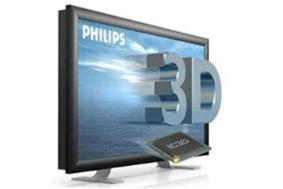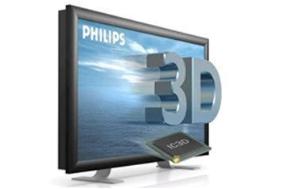Philips abandons 3D TV development – for now
Philips is ending its current 3D TV research program and closing its 3D Solutions division


Philips had developed a way of simulating 3D images on a TV without having to wear special glasses, which were seen as one of the main impediments to consumers adopting the technology.
Although the company had invested millions of euros in the so-called WOWvx technology, which was initially developed for use on advertising panels, it now believes it will take many years before 3D TVs will become available at a price that's attractive to consumers.
"We believe consumers are not yet demanding 3D TV at home, as the technology is still developing, is complex to implement and is still relatively expensive," says a Philips spokesman.
Panasonic will no doubt disagree, as the Japanese firm remains committed to bringing 3D TV technology to market next year. But with an industry-wide standard for 3D TV still to be agreed, there are still some big hurdles to be overcome.
Philips has not completely given up on 3D technology, however. "Philips does ultimately have the ambition to realise 3D TV for consumer applications, but we cannot give a timeframe for a 3D TV consumer launch as this depends on how technology and demand develop," says its spokesman.
"We believe that 'glasses' 3D TV will play a role in the short-to-medium term, and 'no glasses 3D TV' in the longer term."
Last month Sky broadcast its first live 3D TV event using its satellite network and a modified Sky+ HD set-top box.
Get the What Hi-Fi? Newsletter
The latest hi-fi, home cinema and tech news, reviews, buying advice and deals, direct to your inbox.
